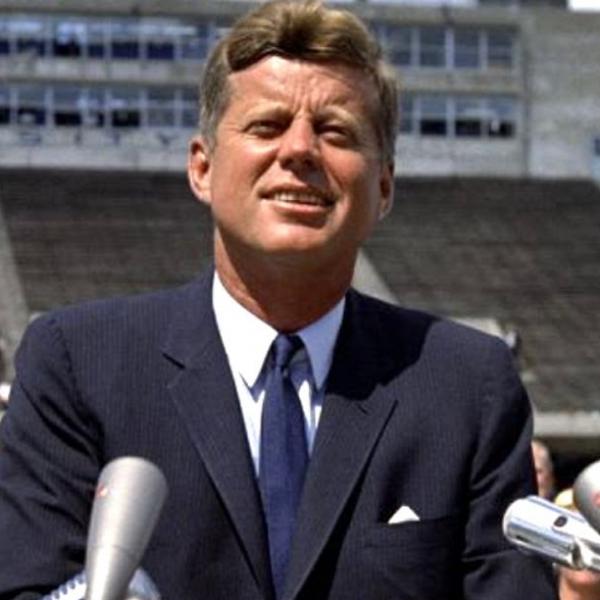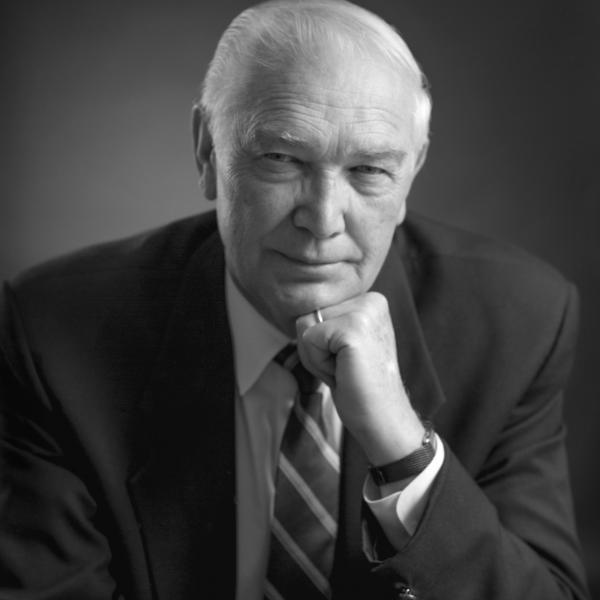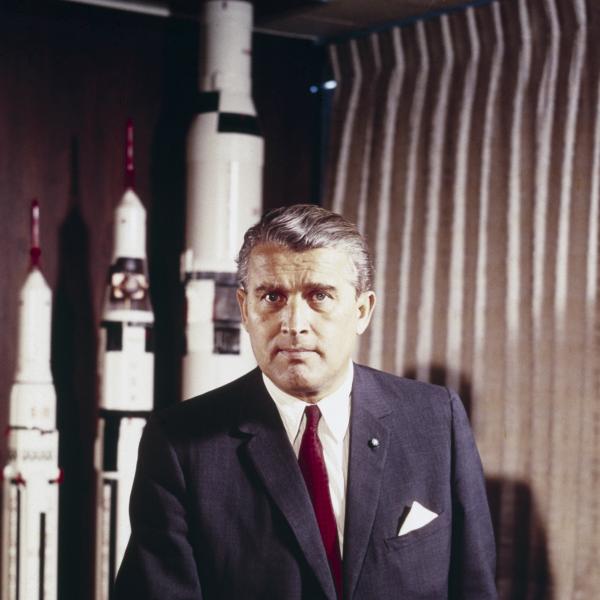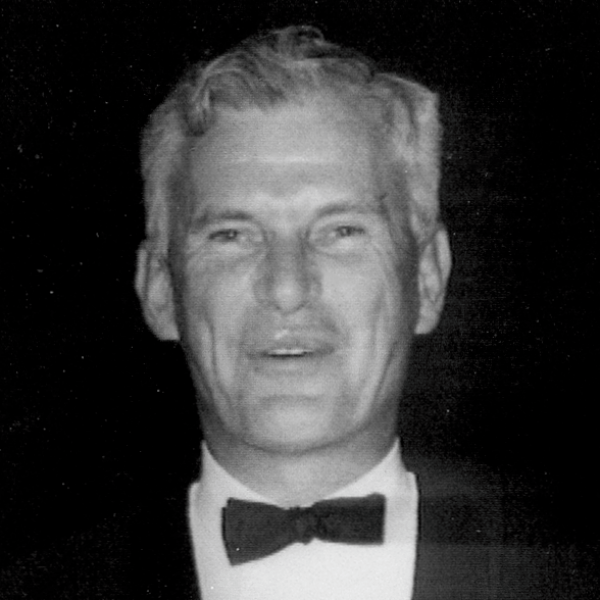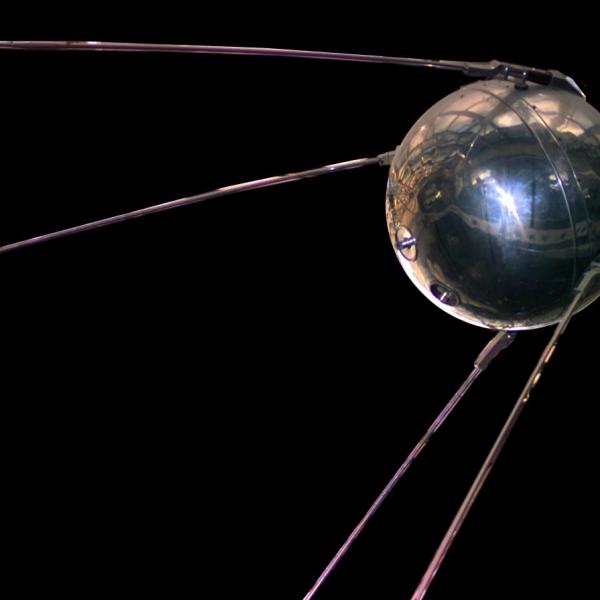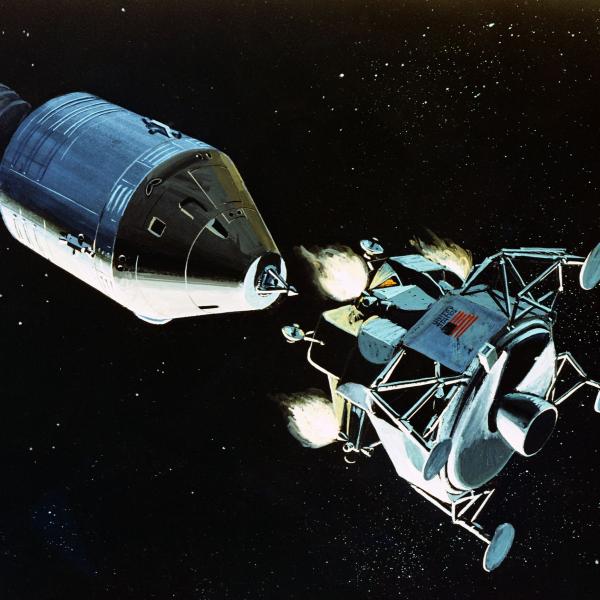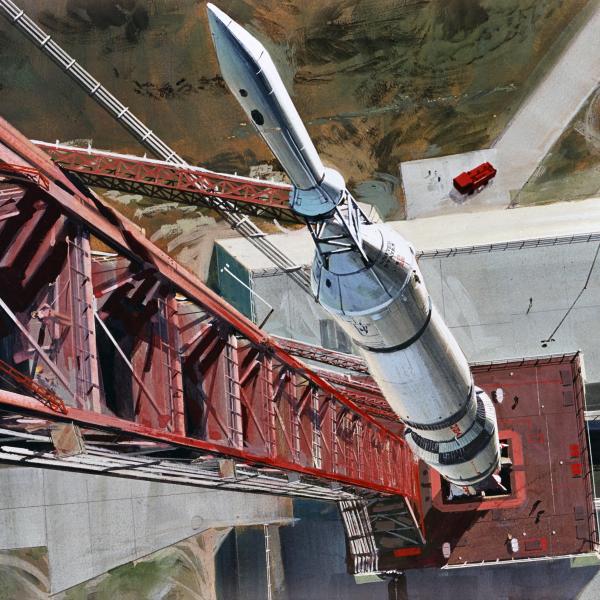
Kennedy and the Space Race
Kennedy's Dream is the The Riskiest Bet
In the 1960s two superpowers ruled the world, and two super-powered men ruled them; United States President John F. Kennedy and Soviet Premier Nikita Khrushchev. For decades American foreign policy was shaped by this rivalry and the international competition played out most publicly in the race to land the first man on the Moon. In June 1961, President Kennedy asked Khrushchev if he would be interested in working together on a space exploration program, but his offer was rejected. Kennedy had already publicly announced that the US would land on the Moon “before this decade is out.” What could have been a peaceful collaborative effort quickly transformed into an intense competition to prove superiority.
The US was arguably behind in the so called ‘Space Race’ as the Soviet Union put the first man in space and had already launched the first artificial satellite in 1957, Sputnik. Norm Sears, an engineer from the Instrumentation Lab, remembers seeing Sputnik shoot across the sky in the wee hours of the morning on October 4th. “Sputnik was only the size of a volleyball and you could not see that with the naked eye. But what you did see very vividly was the booster rocket that put that satellite in orbit and at 4 a.m. I walked down on my back porch with my daughter in my arms and much to my utter amazement that satellite came virtually over my house. It was a spectacular sight to see it come over the sky. It moved fast compared to anything else. It was bright. When I saw that it was donned on me that this was no longer just theories that I'd read about. This was really worked.” Norm Sears became a key member of the MIT Instrumentation Lab which was awarded the contract to design and engineer the guidance and navigation technology to guide the Apollo missions to the moon.
Navigation was one key aspect of achieving Kennedy’s goal, but the list of scientific developments the US would need to master was daunting. Each task, from building the rockets and spacecrafts, to engineering how they would land and return to Earth all had to be figured out from scratch. There were no blueprints, no previous examples to build on and the computer programs to simulate each step had to be hand coded, that is after the computers themselves were designed and built! It took almost until the end of the promised decade but in 1969, President Kennedy’s dream for the American people was achieved as Neil Armstrong stepped out onto the surface of the Moon and then returned with his crew safely back to Earth a few days later.
Sadly Kennedy would not live to see his dream fulfilled, as he was assassinated in 1963, just days after visiting Cape Canaveral. But the thousands of space engineers, scientists and heroes behind him made sure that his country would go down in the history books as victorious. For nearly 45 years, (since 1975) the U.S. and Russia have been partners in space exploration with the International Space Station and ride sharing on shuttles and rockets. International cooperation has lasted through hot and cold periods and hopefully will extend into the future as we strive to return to the moon and beyond to mars.
